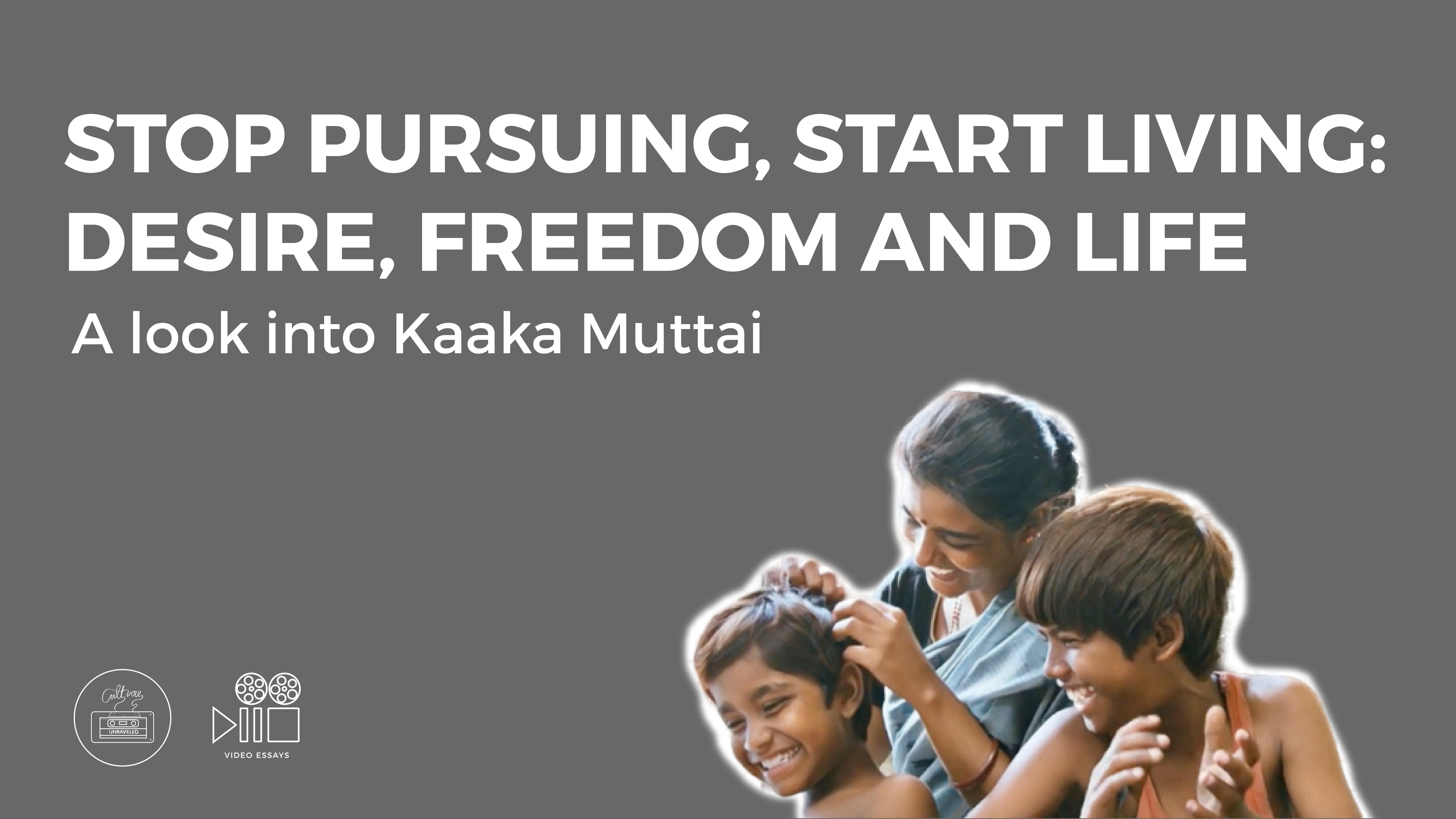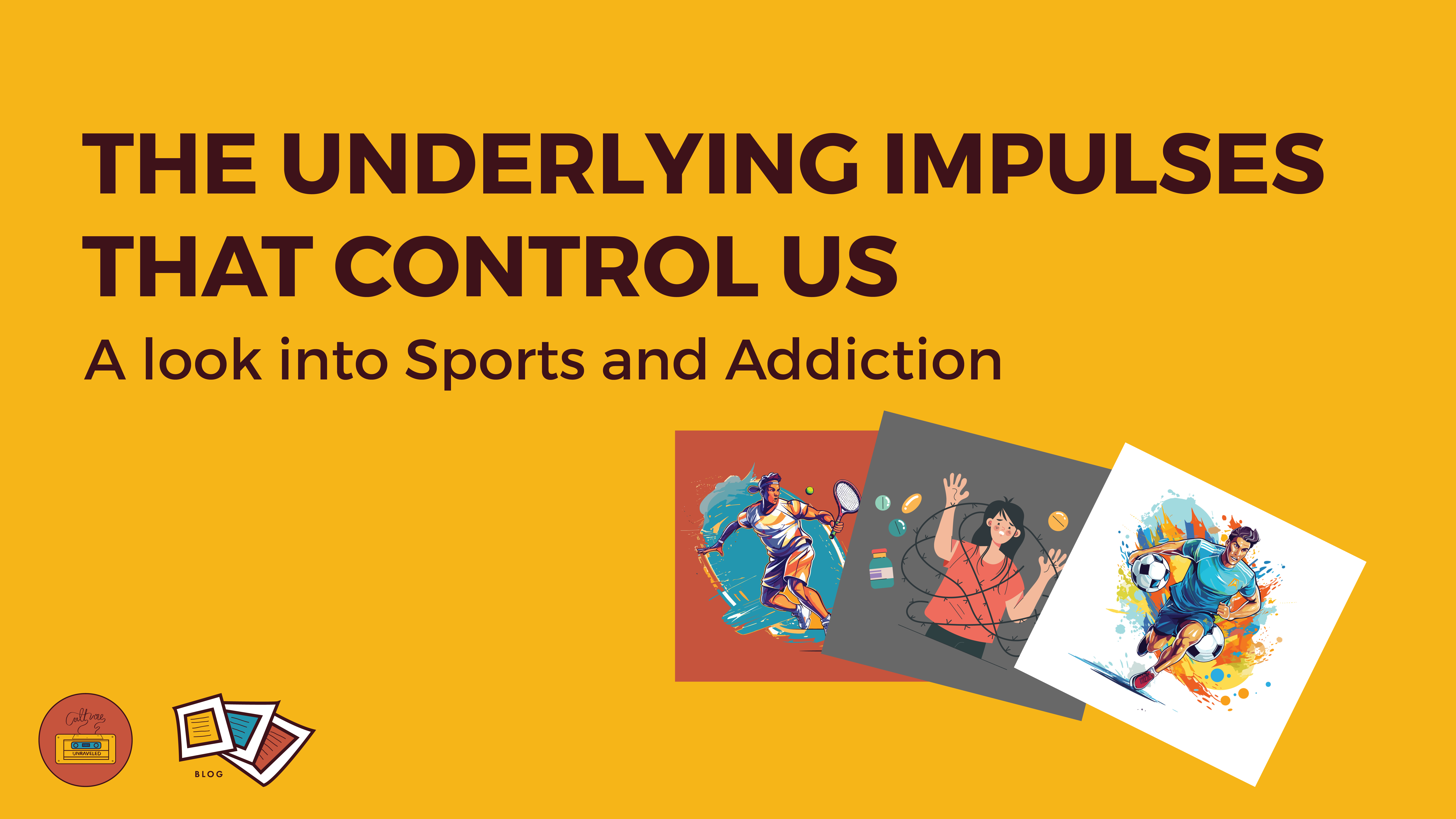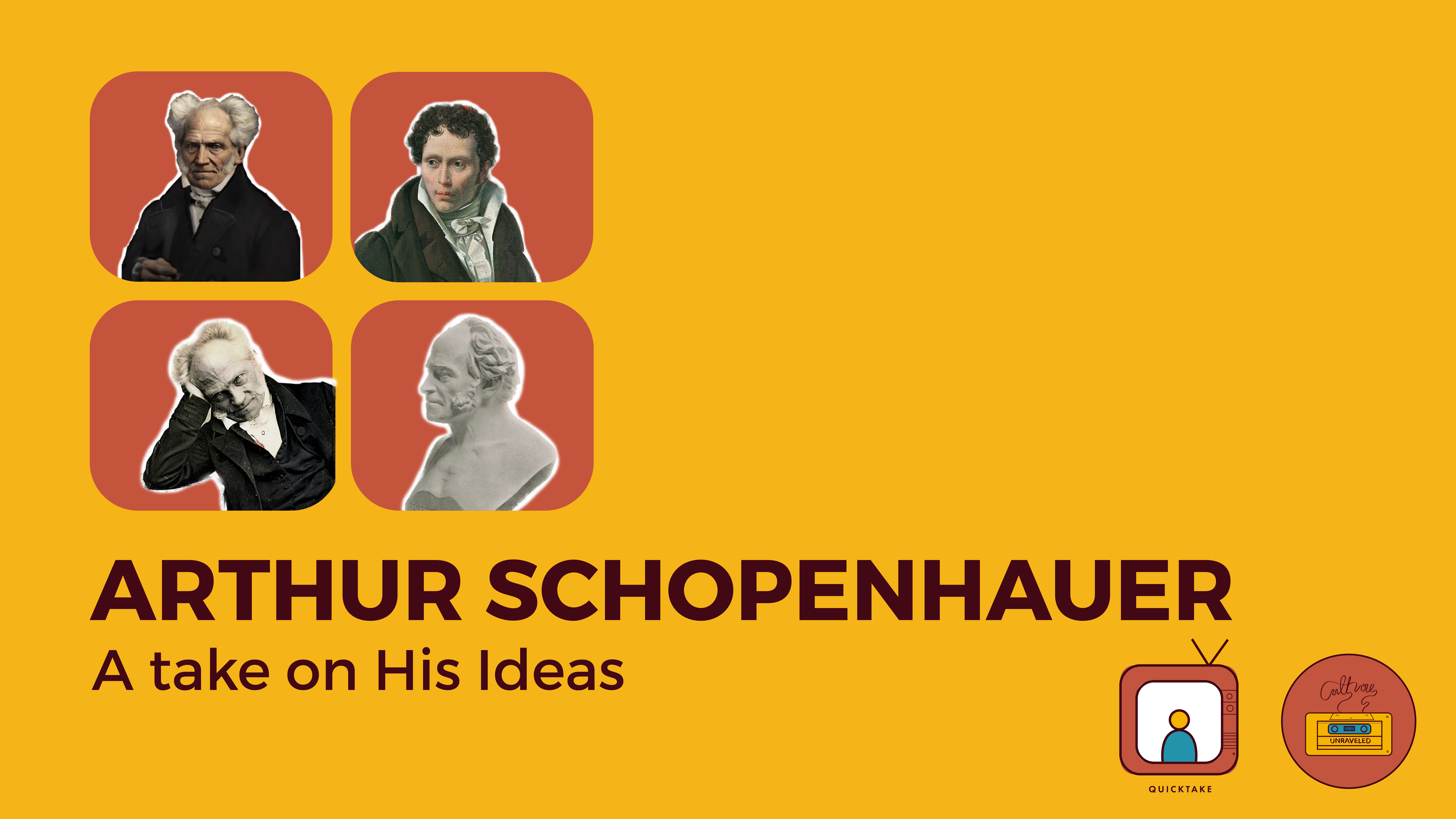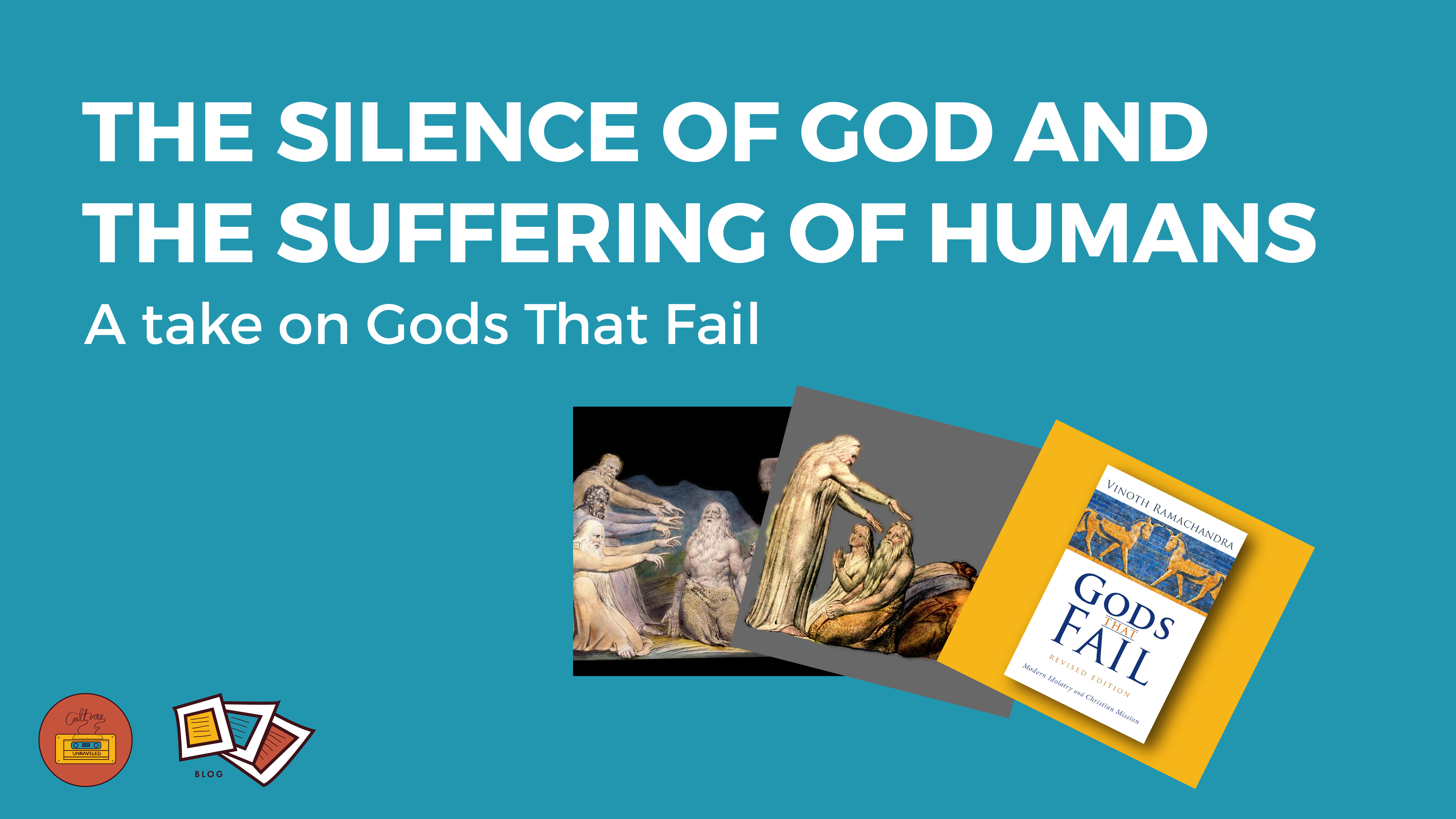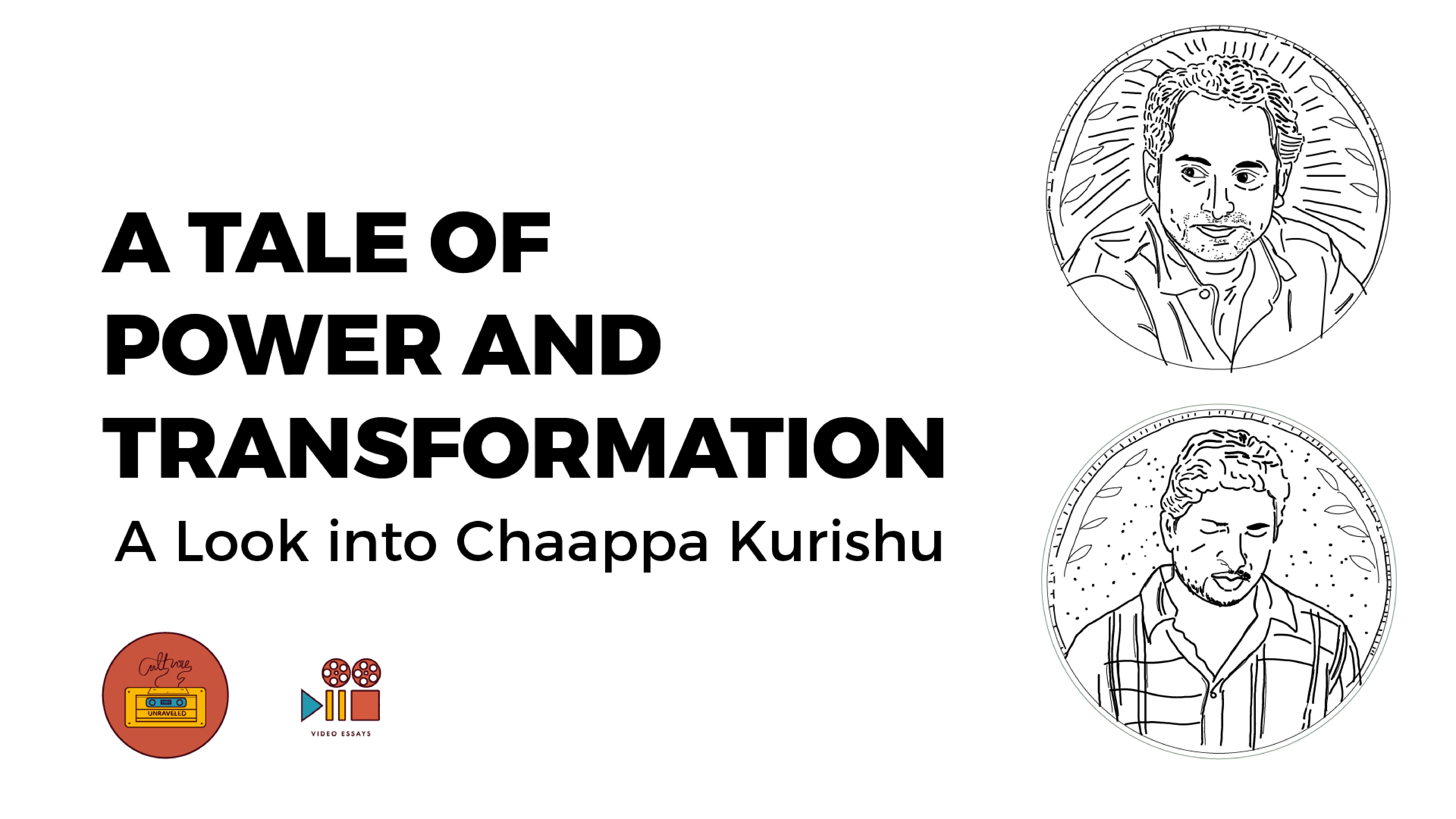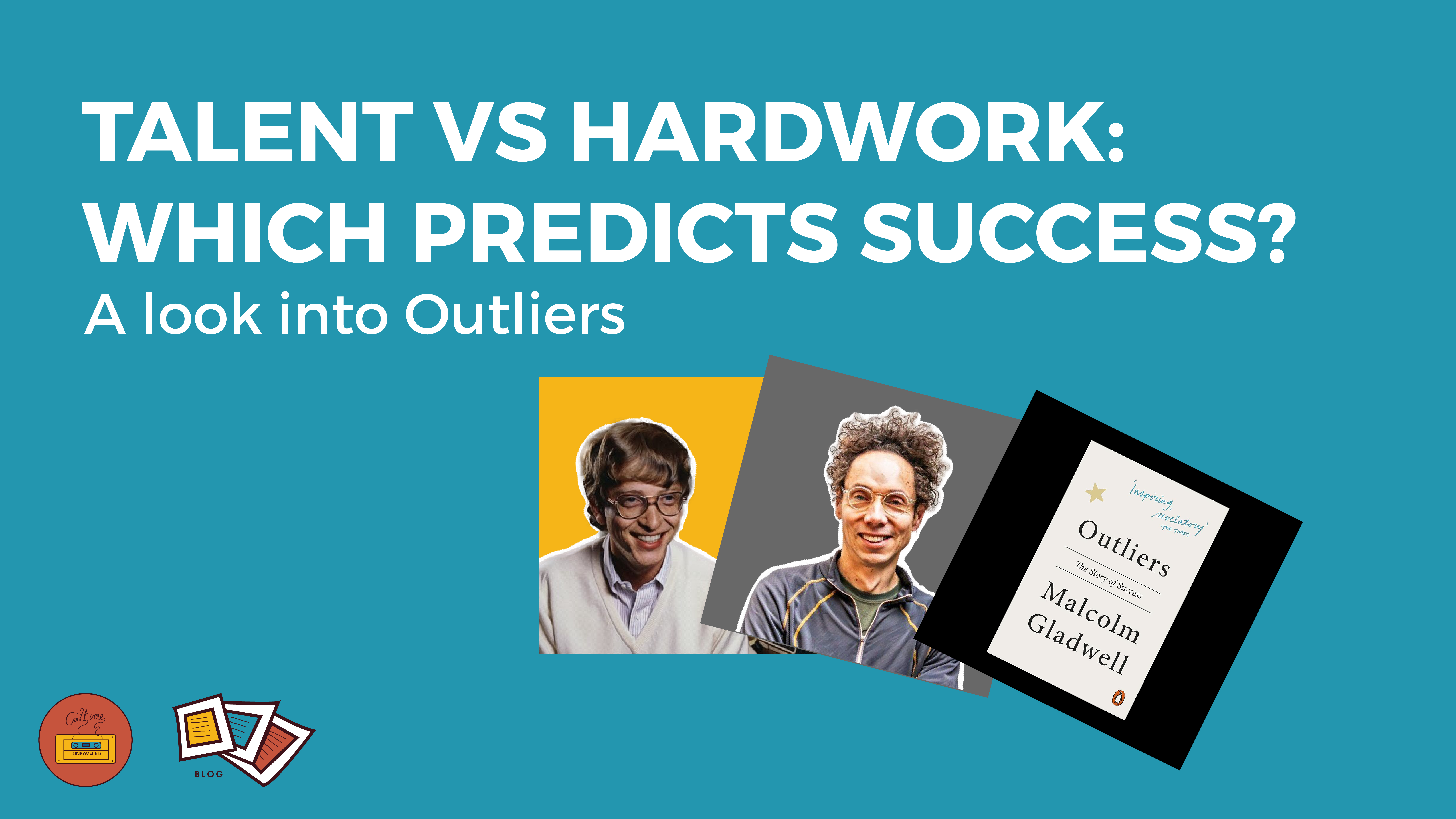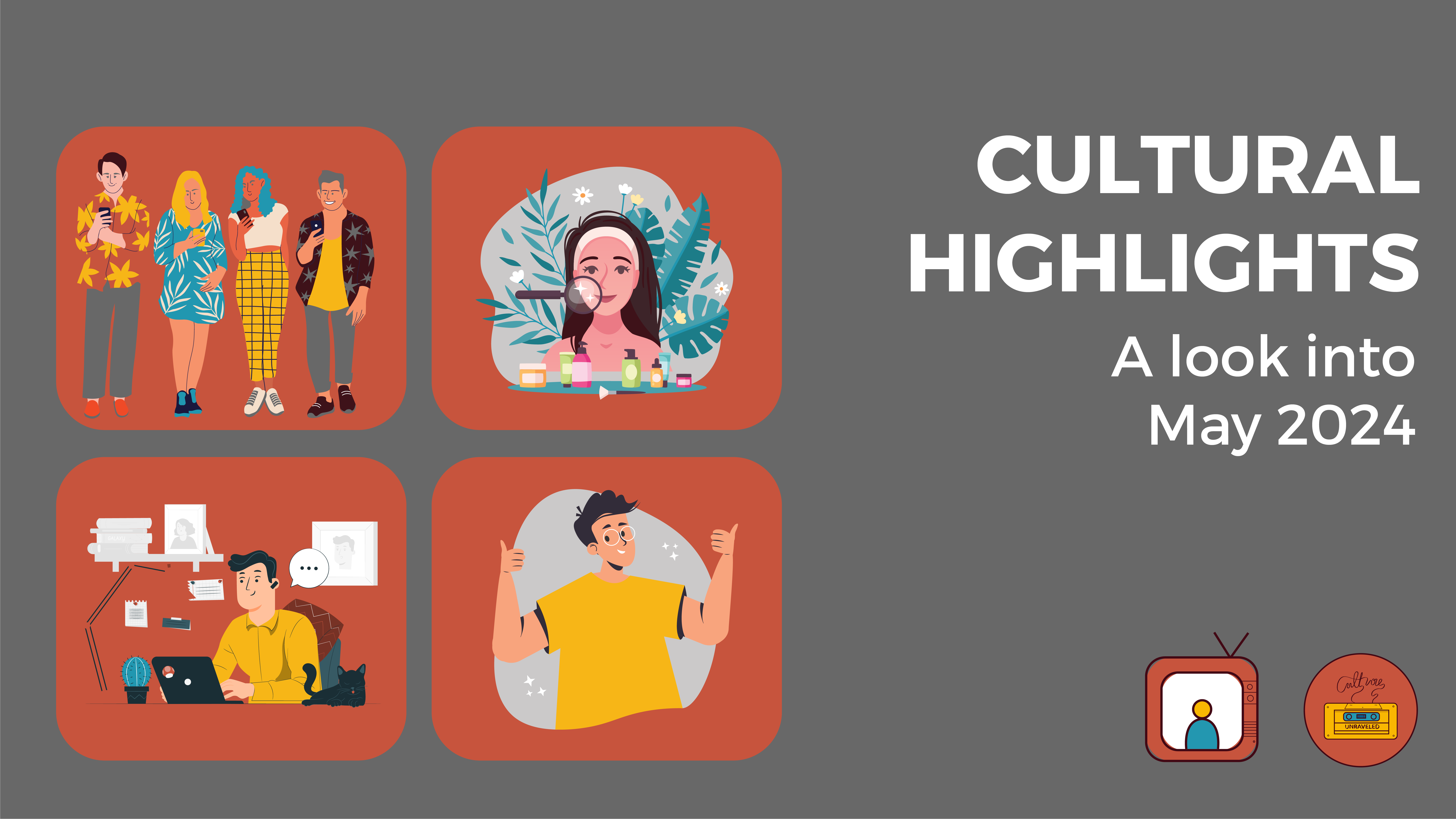
In November 2022, OpenAI launched ChatGPT and the world changed forever. The way we think about A.I was completely transformed and it has truly become a ubiquitous part of life that millions have become dependent on. It’s February 2024 now, and the next monumental shift has arrived and it’s arrived in the form of OpenAI’s text to video tool – ‘Sora’. This AI model can take words varying from vague to extremely specific description and turn it into photorealistic video.
Of course it’s not 100% perfect yet but it’s almost scary how close it is to getting there. Keeping in mind the fact that the recent examples OpenAI has released will be the very worst performance this tool ever has and that it will only keep getting better, the impact this tool is going to have on the world can’t be overstated.
Sora will undoubtedly change the way the film industry operates and the way filmmakers work, hundreds of thousands of people will eventually be out of jobs due to this tool and it will soon start to be used to make entire movies – but can this ever really replace humans? Will there come a point where filmmakers are obsolete and A.I makes all the movies?
Examining this can help us understand the larger question of what the difference between humans and A.I and what makes human created art different from art made by A.I.
The way A.I makes art usually follows this process: The A.I model is trained on a vast database of existing art and various styles, it is then given a certain command to produce a certain product based on the description it has been given and it then uses the data it was trained on to produce that product to the best of it’s ability.
The way a human makes art usually follows this process: The human has experienced a vast amount of art in their lives and some have even been trained to understand different styles as well, they then have an intention behind it, either it’s their job or they’re doing it purely for artistic expression, and then they produce the piece of art.
As you might notice there isn’t too much difference between the two processes. Both receive data, process it and then output a product based on the need.
But where the difference lies, and what the human touch holds that A.I never can, comes down to about 2 main aspects; Time & Effort & Intention.
Time: One of the biggest differences between A.I made art and Human made art is the fact that time is limited for humans, and so when a human decides to make a piece of art they simultaneously decide to not do something else, which inherently places a certain amount of value on the time they spend on making that art. Humans have a limited amount of time so the time they spend making art shows that they have a certain amount of care and attention that
they’ve contributed to that art. The audience or viewer knows this and that adds a whole other dimension to experiencing human art.
Effort & Intention: Another aspect that is exclusive to human art is the effort and intention it requires. A human has to decide to make art. A.I is commanded to. Now, a human might still be commanded to in some way if it is for work, but they have the ability and free will to choose not to. That’s where intention comes in. The intention of A.I art is not to make art, but simply to follow a command. Whereas for the majority of human art was expression.
_________________________________________
Written by Ben Joshua

